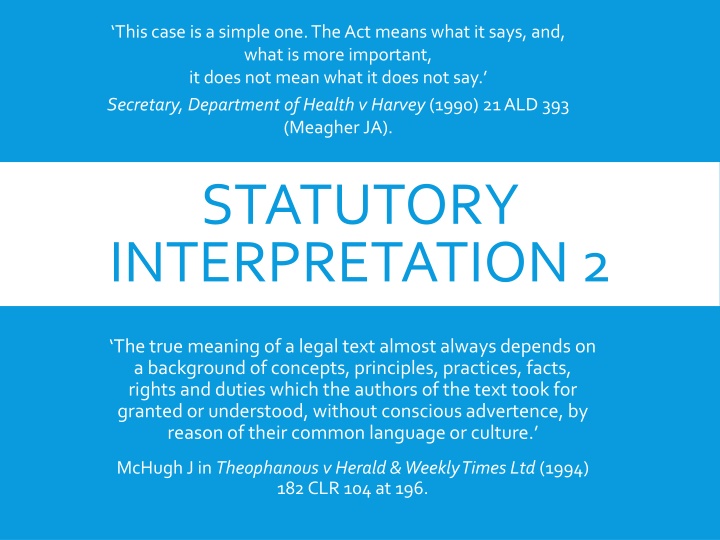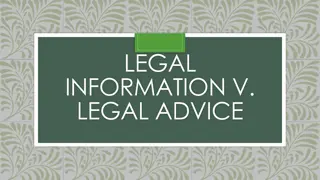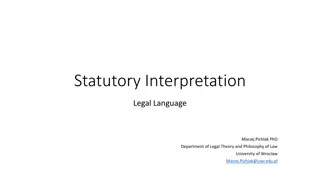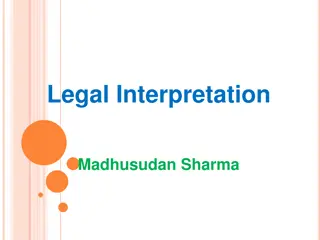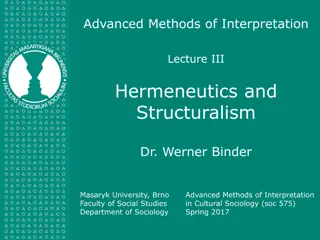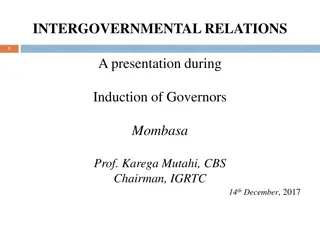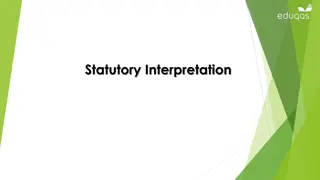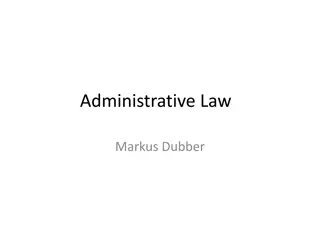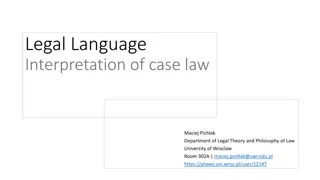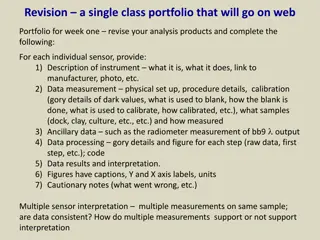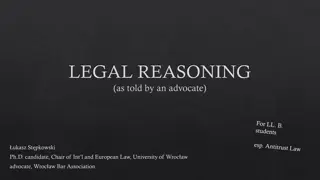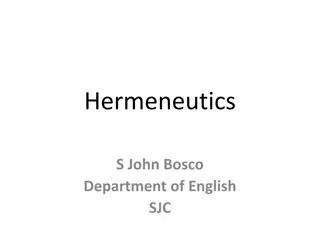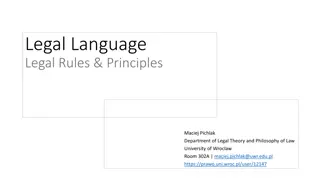Principles of Statutory Interpretation in Legal Context
Understanding statutory interpretation involves analyzing legal texts in light of background concepts, principles, and legislative intent. This process requires considering various factors to determine the true meaning of a statute. Different cases and statutes are referenced to illustrate the complexity of interpreting legal texts.
Download Presentation

Please find below an Image/Link to download the presentation.
The content on the website is provided AS IS for your information and personal use only. It may not be sold, licensed, or shared on other websites without obtaining consent from the author.If you encounter any issues during the download, it is possible that the publisher has removed the file from their server.
You are allowed to download the files provided on this website for personal or commercial use, subject to the condition that they are used lawfully. All files are the property of their respective owners.
The content on the website is provided AS IS for your information and personal use only. It may not be sold, licensed, or shared on other websites without obtaining consent from the author.
E N D
Presentation Transcript
This case is a simple one. The Act means what it says, and, what is more important, it does not mean what it does not say. Secretary, Department of Health v Harvey (1990) 21 ALD 393 (Meagher JA). STATUTORY INTERPRETATION 2 The true meaning of a legal text almost always depends on a background of concepts, principles, practices, facts, rights and duties which the authors of the text took for granted or understood, without conscious advertence, by reason of their common language or culture. McHugh J in Theophanous v Herald & Weekly Times Ltd (1994) 182 CLR 104 at 196.
DAY 2: IN THIS SESSION WE WILL: Overview statutory interpretation General Principles: General Method; and Central Interpretive Criteria Group Exercise: Your rule rocks
EG STREET OFFENCES ACT 1989 Section One: This Act is intended to prevent solicitation for purposes of prostitution in streets and other public places Section Two: It shall be an offence for a sex worker to loiter or solicit in a street or public place for the purpose of sex work.
Kirby J in considering the Gaming and Betting Act 1912 (NSW): The legislation relevant to the present appeal does nothing to add to the coherency of this body of law. It is a jumble of ill-matched and poorly integrated enactments: Avel Pty Ltd v Attorney-General (NSW) (1987) 11 NSWLR 126.
HOW DO YOU DECIPHER AN ACT? General Principles General Method Central Interpretative Criteria
GENERAL PRINCIPLES: Multifactorial assessment where more than one construction available Not selective application but a judgment based on all relevant criteria Object is to determine the intention of the legislature Context of the provision and legislative purpose
GENERAL METHOD Work up from problems, not one-size-fits all Locate the provision Read it in context Identify relevant and multiple interpretative criteria for the problem Critically analyze how and to what extent those factors assist in the light of the indications of meaning gathered so far Compare constructions make a judgment as to which carries more weight and is to be regarded as expressing the legal meaning
CENTRAL INTERPRETATIVE CRITERIA Intrinsic guides of the provision and Act concerned The relevant Commonwealth, State or Territory Interpretation Act Acts Interpretation Act 1901 (CTH) Interpretation Act 1987 (NSW) Interpretative requirements of other relevant Acts of application such as a Charter of Rights Pre-existing, related or similar statutes and common law doctrines Interpretative principles and presumptions developed by courts including the principle of legality; presumption against retrospectivity; implied repeal Extrinsic materials Precedent in comparable cases Other contextual factors include the effect of any alternative construction (absurdity or injustice)
STATUTE Section 15AA Acts Interpretation Act 1901 (CTH): In interpreting a provision of an Act, the interpretation that would best achieve the purpose or object of the Act (whether or not that purpose or object is expressly stated in the Act) is to be preferred each other interpretation. Ie if two constructions choose the best one that would fit the purpose. Section 33 Interpretation Act 1987 (NSW) - may
EXTRINSIC AIDS Parliamentary debates Executive documents Commission and committee reports International agreements Limitation: Section 15AB Acts Interpretation Act 1901 (CTH) lists materials that can be taken into account if provision is ambiguous or ordinary meaning produces an absurd result.
COMMON LAW APPROACHES Literal - plain and ordinary meaning of words even if we think the result to be inconvenient or impolitic or improbable : Amalgamated Society of Engineers v Adelaide Steamship Co Ltd (1920) 28 CLR 129 161-2 Golden Rule: Depart from the ordinary (or grammatical) meaning to avoid an absurd result: Grey v Pearson (1857) 6 HL Cas 61, 106 Purposive: Determine the purpose of Parliament in passing legislation or the particular provision in question. Origins in the mischief rule: Heydon s Case (1584) 3 Co Rep 7a, 7b.
CONTEXT IN LEGISLATION Interpretation with reference to accompanying words Interpretation with reference to other parts of legislation title, preamble, definitions, headings, schedules etc Interpretation legislation Dictionaries ok Consistent use of words is assumed All words assumed to carry meaning Words should be interpreted in accordance with current meaning Express mention may draw attention to absence elsewhere Provisions may be interpreted with reference to other legislation Provisions may be interpreted with reference to the audience Provisions may be interpreted with reference to existing law
PRESUMPTIONS USED IN INTERPRETING LEGISLATION Statutes do not operate retrospectively Parliament does not interfere with common law rights Parliament does not abrogate the privilege against self-incrimination Parliament does not abrogate legal professional privilege Parliament does not deprive people of access to the courts Re-enactment of a provision constitutes approval for a previous judicial interpretation of a provision Legislation does not bind the crown Penal provisions are strictly construed Property rights are not taken away without compensation Legislation does not have extraterritorial effect Parliament intends to legislate in conformity with international law These are rebuttable only where there is clear and unambiguous words : Durham Holdings Pty Ltd v New South Wales (1999) 47 NSWLR 340, 353-4.
YOUR STATUTORY INTERPRETATION RULE IS THE BEST, WHY? (GROUPS OF 2-3) What is the tool? How is it used? Why does it rule? Look up commentary Look up journal articles Look up case law Is legislation relevant? Argue your case in 4 mins
IN CONCLUSION: STATUTORY INTERPRETATION Multifactorial assessment Statute guidance Common law presumptions Extrinsic and intrinsic aids
